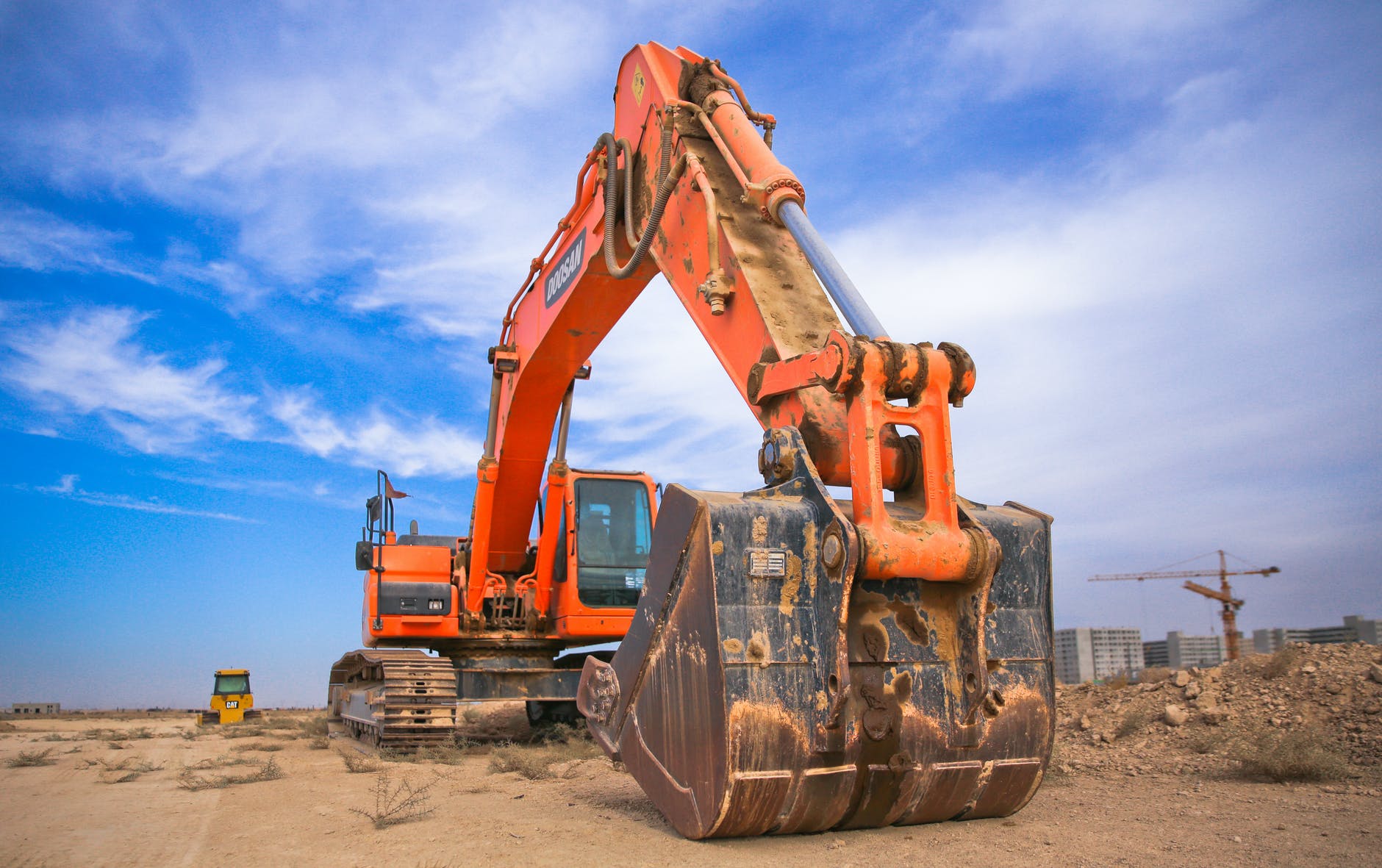
Photo by Anamul Rezwan on Pexels.com
As it turns out, giant construction equipment gets lost, and it happens more frequently than the average person may think.
It may seem unthinkable that enormous earth-moving machines are unaccounted for, but it is a real problem for many industries. Now, your average construction company working on an office building in the suburbs probably won’t lose their excavator; this type of issue is much more common for businesses operating in remote areas.
Industries like oil and gas, farming, logging, and mining all operate in far-off areas, sometimes completely in the wilderness. That comes with a lot of inherent challenges, one of which is losing heavy equipment near the jobsite.
Yellow iron machines like excavators and bulldozers are not cheap and many companies do their best to keep them in good condition and track their locations. Still, if your tracking methods are jotting down equipment locations or trusting the word of your employees, some information will inevitably slip through the cracks along the way.
The best way to account for all of your company’s yellow iron equipment is with a digital tracking solution.
Here are some reasons why:
Enhanced Heavy Equipment Tracking
Digital heavy equipment tracking is the most complete tool for overseeing yellow iron machinery locations. It works by having GPS trackers installed inside the machine that report location data throughout the day so managers always have access to its location.
Managers can easily check on the whereabouts of a particular machine because the trackers send location information to the back-office dashboard and the smartphone app if the GPS provider has one. Many digital heavy equipment tracking services also share past location data, allowing managers to see data points of where something was at any given time.
This can be especially useful for businesses that transport heavy equipment from one jobsite to another. Digital heavy equipment tracking lets you see exactly where a machine traveled and where it was dropped off.
Equipping your heavy equipment with a digital tracking solution will save your company money by limiting the expenses that come with searching for equipment, or going through the insurance claim process, and provide the peace of mind of knowing where equipment assets are at any time.
Track Unauthorized Usage
Digital heavy equipment tracking does more than just share location information. Most tracking services send out notification alerts if the trackers detect suspicious events affecting equipment outside of designated service hours.
For example, if someone is messing with a backhoe at 2 a.m. on a Saturday, the installed trackers will send out tampering notifications to management so they can decide what to do next.
Some digital tracking products even come with remote ignition access control that allows managers to disable the equipment’s starter remotely when someone is tampering with it.
Improve Routine Maintenance
Digital tracking solutions report equipment diagnostic data as well. Additional information for equipment helps with preventive maintenance because management gets notified about issues once they are detected so they can promptly get fixed.
A lot of systems send out fault code alerts when they notice equipment diagnostic issues. Things like engine hour readings, odometer readings, coolant temperature, and fuel level trigger fault code alerts if the data is not in line with what it should be.
Up-to-date knowledge of all aspects of a machine helps managers know when it is time to move equipment off the worksite for repairs. Instead of working equipment to the bone, use preventive maintenance features to get ahead of equipment defects so it does not break down at a critical junction.
Maximize Utilization
Make sure your yellow iron equipment is being used properly and efficiently. Many digital tracking systems share utilization reports that capture engine run time so you know how much equipment was used during a given time frame, and identify equipment that has been underutilized. That way, you can deploy fresher-engine machines to more strenuous projects and use mature ones for easier tasks.
It can also track fuel usage and idle time, and that data can be used to coach operators out of bad habits and limit wasted fuel over time. Use utilization report data to trim fuel costs and save some money down the road.
Conclusion
Digital equipment tracking is far more than a typical GPS tracking system. Location monitoring is obviously a key component of this technology, but it also helps with maintenance, fuel tracking, maximizing utilization, and reducing unauthorized use.
These giant machines are big investments for any firm and it is important to keep them in the best possible condition. You can’t have eyes on equipment 24/7. But, with digital tracking, now you can.






You must be logged in to post a comment.